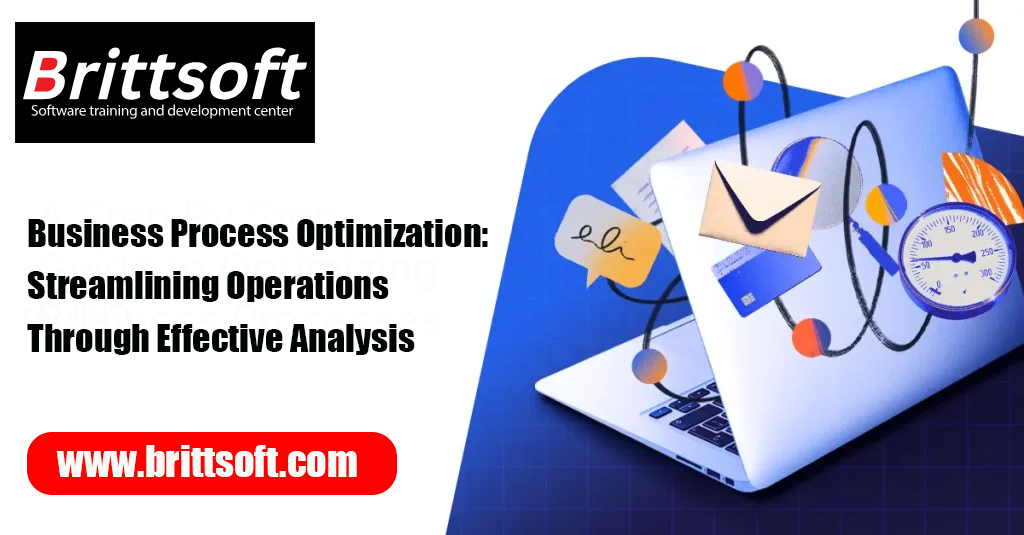- Home
- About Us
- Courses
- Quality Assurance Online Training in USA
- Business Analysis Training Online in USA
- Selenium Automation online training in USA
- Java Online Training in USA
- Python Online Training in USA
- AWS Online Training in USA
- SAP ABAP ON HANA online training in USA
- Oracle Online Training in USA
- Workday online training in USA
- React JS online training in USA
- Tableau Online Training in USA
- Block chain online training in USA
- Artificial Intelligence Online Training in USA
- ISTQB Online Training in USA
- Digital marketing online training in USA
- PHP online training in USA
- Devops Online Training in USA
- Cyber Security online training in USA
- AngularJS Online Training in USA
- Internet of things online training in USA
- Advanced ETL Testing Online Training in USA
- Salesforce Online Training in USA
- Cassandra Online Training in USA
- APPIUM Automation Testing Online Training in USA
- Microsoft Azure online training in USA
- Informatica Online Training in USA
- Java Fullstack online training in USA
- Salesforce Developer online training in USA
- Microsoft Office Online Training in USA
- Mobile Apps Testing Online Training in USA
- Project Management Online Training in USA
- Kubernetes Online Training Course in USA
- Business process management Online Training in USA
- Time Management Skills Online Training in USA
- DATA SCIENCE ONLINE TRAINING in USA
- Robotic Process Automation (RPA) Online Training in USA
- Big data / Hadoop Online Training in USA
- Agile Scrum Master Online Training in USA
- Soft Skills Online Training in USA
- Data Science and Big Data online training in USA
- Machine Learning Online Training in USA
- DOT NET Online Training
- Blog
- Contact
- Login

In today’s competitive business landscape, organizations are constantly seeking ways to improve efficiency, reduce costs, and enhance productivity. Business process optimization, a key aspect of business analysis, focuses on streamlining operations to achieve these objectives. In this blog, we delve into the importance of business process optimization and how effective analysis plays a vital role in driving organizational success.
Understanding Business Processes
Business processes encompass the series of activities and workflows that organizations use to achieve their goals and deliver value to customers. Analyzing these processes involves mapping out the sequence of steps, identifying bottlenecks and inefficiencies, and pinpointing areas for improvement.
Identifying Opportunities for Optimization
Effective business analysis enables organizations to identify opportunities for optimization within their processes. This may involve eliminating redundant tasks, automating manual processes, or reengineering workflows to minimize delays and maximize throughput.
Leveraging Data and Analytics
Data-driven analysis is instrumental in identifying optimization opportunities and measuring the impact of process improvements. By leveraging data and analytics tools, organizations can gain insights into process performance, identify patterns and trends, and make informed decisions to drive optimization efforts.
Stakeholder Collaboration and Requirements Gathering
Successful business process optimization requires collaboration among stakeholders from across the organization. Business analysts play a crucial role in facilitating this collaboration, gathering requirements, and ensuring that optimization initiatives align with business objectives and stakeholder needs.
Process Modeling and Simulation
Process modeling and simulation tools allow organizations to visualize and analyze their current processes, as well as test potential improvements in a controlled environment. By simulating different scenarios, organizations can assess the impact of proposed changes and identify the most effective optimization strategies.
Implementing Process Automation
Automation is a powerful tool for optimizing business processes, reducing manual effort, and increasing efficiency. Through effective analysis, organizations can identify opportunities for automation and implement technologies such as robotic process automation (RPA) to streamline repetitive tasks and improve overall productivity.
Continuous Improvement and Iterative Optimization
Business process optimization is not a one-time event but an ongoing journey of continuous improvement. Organizations must embrace a culture of iteration, regularly reviewing and refining their processes to adapt to changing business conditions, customer needs, and market dynamics.
Measuring Success and Performance Metrics
Business process optimization is essential for organizations seeking to enhance efficiency, reduce costs, and deliver greater value to customers. By leveraging effective analysis techniques, organizations can identify opportunities for improvement, implement optimization strategies, and continuously iterate to drive innovation and success in today’s dynamic business environment.
Conclusion
Concurrency is a powerful paradigm in Java that enables developers to unlock the full potential of multicore processors and distributed computing environments. By mastering multithreading, parallelism, and asynchronous programming techniques, developers can build high-performance and scalable Java applications that meet the demands of modern computing.
